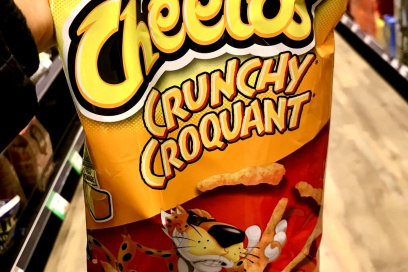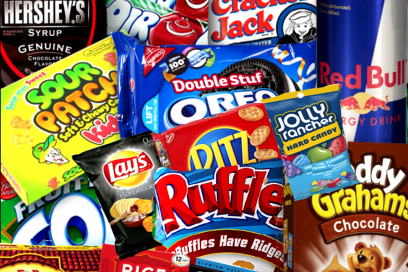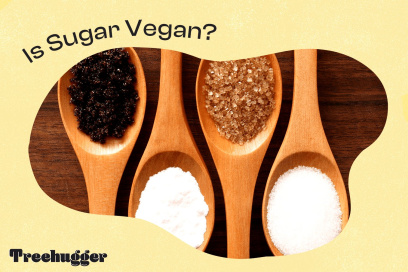Vegan diets make consuming all essential nutrients a challenging endeavor, especially those who adhere to veganism. Iron plays an integral part in many physiological functions including transport of hemoglobin and oxygen. Most individuals believe that dark leafy greens provide the greatest plant-based source of iron. Reality belies this assumption, however; multiple fruits contain significant quantities of iron that make them easy to incorporate into a vegan's diet. So the question remains: Which fruit reigns supreme when it comes to its iron content? Prunes stand out as an impressive source of iron, providing approximately 3.5 mg per 100g serving. Dried apricots, dates, figs, peaches and raisins are also among the fruits rich in iron; however, an abundance of caution must be exercised with these products due to their natural sugars content. One method for optimizing iron absorption involves pairing iron-rich fruits with vitamin C-rich foods, so as to help vegans meet the necessary iron requirements established by their plant-based eating routines. This article investigates top iron-rich fruit options available as well as non-meat sources of iron for vegans, and proposes ways to integrate these sources of iron into various meals.
I. The Top Iron-Rich Fruits for Vegans
Fruit is often associated with nutrients and roughage; however, many are unaware that some varieties offer essential dietary iron - something especially essential for vegans consuming a vegan-centric diet. Iron-rich fruits come in all sorts of varieties! But which fruit has the highest concentration of iron, you might ask? Well, after extensive research and expert opinions, prunes have emerged as the winner when it comes to dense iron content: prunes! With approximately 3.5 mg per 100g serving as their daily iron intake; plus they are rich sources of antioxidants, fiber, and nutrients making these plums an invaluable snack option!
Dried figs are another excellent source of iron, offering approximately 2.6 mg per 100 grams. In addition, dried figs also provide fiber, calcium and potassium that contribute towards maintaining a healthy diet.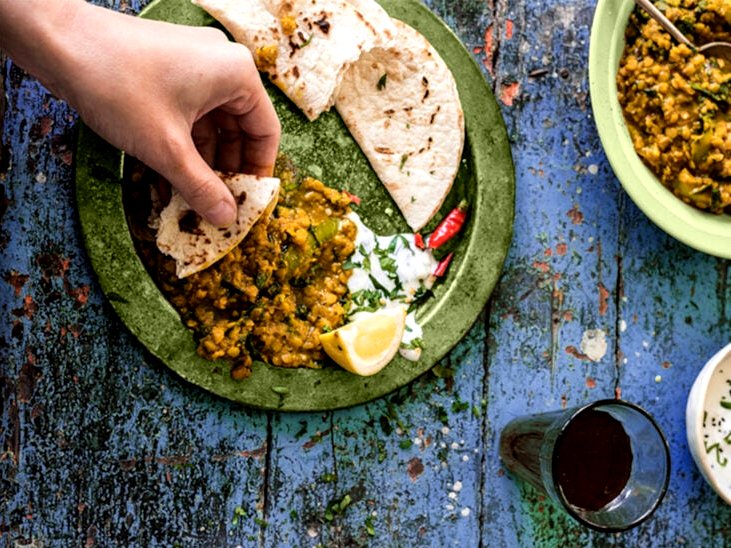
At the forefront of fruit trios alongside prunes and figs is dried apricots, raisins and dates - with dried apricots boasting around 2.2 mg of iron per 100g while raisins showcased 1.9 mg per 100g. Dates provided an extra treat by offering between 0.9-1.5 mg per 100g - an irresistibly sweet treat to add any snack plate! In terms of iron content per 100g content there's also dried peaches competing - holding onto around 1.5 mg.
Bear in mind that while these fruits provide a significant dose of iron, they should still be enjoyed responsibly as they contain sugars that can increase body absorption of iron. Pairing these fruits with vitamin C-rich foods is also crucial as this can aid the process.
As has been shown, iron-rich fruits provide vegans with both their iron requirements and satisfaction of taste buds, making them a win-win foodie solution. Stay tuned as we explore how pairing these iron-rich fruits with foods rich in vitamin C for optimal iron absorption results.
Learn more at myfooddata.com about top iron-rich fruits for vegans.II. The Top Iron-Rich Fruits for Vegans
Nutrition experts and casual health enthusiasts alike have long noticed an intriguing relationship between high-iron fruits and vitamin C-rich foods, as well as medical professionals and casual health enthusiasts. Although high-iron fruits boast impressive iron content, their absorption rate can often be rather poor; fortunately, however, pairing high-iron foods with vitamin C-packed snacks can greatly increase dietary iron absorption rates.
Vitamin C and Iron Absorption
Vitamin C is an iron-boosting agent, as it transforms ferric iron molecules in your gut from their inert state into something more easily absorbable by your body. Thus, vitamin-C-rich foods become essential partners to foods high in iron content such as citrus fruits, vibrant kiwis, fragrant mangoes, succulent papayas, delectable strawberries, and zesty blackcurrants - though other vegetables such as bell peppers, verdant broccoli, juicy tomatoes, and verdant leafy greens also boast this incredible nutrient.
Vitamin C-Fueled Recipe Ideas
For maximum effectiveness of high-iron fruits, incorporate them into recipes that emphasize vitamin C. Try adding prunes to a broccoli salad dressed with lemon juice dressing or creating a smoothie featuring dried figs or apricots for an astounding boost of iron and vitamin C. Or treat yourself to dried apricots complete with iron-rich cashews or almonds as a savory alternative!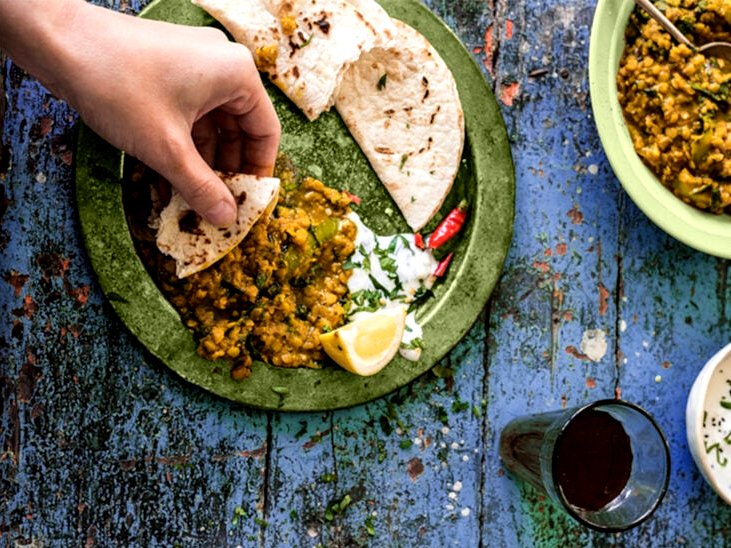
Non-Meat Sources of Iron
As we move into this section, we shall move beyond simply high-iron fruits by exploring an assortment of non-meat sources of iron that even vegans can appreciate. With such options at their fingertips, each person can customize their daily intake according to their own nutritional requirements - embrace life with optimal iron levels!
Nutritional Benefits and Culinary Delights
By pairing high-iron fruits with vitamin C-rich foods, their full potential in increasing absorption can now be unlocked by human bodies. Not only can vitamin C-rich pairings offer incredible nutritional benefits, but they're also delicious culinary creations! However, be mindful that cooking may deplete vitamin C levels of produce; therefore it is best to consume them raw or briefly cooked to maximize nutritional value.
III. Pairing High-Iron Fruits with Vitamin C-Rich Foods
Vegans don't need to limit themselves when it comes to plant-based iron sources; there are numerous iron-rich food items that will provide their bodies with all of the essential minerals it requires for efficient functioning.
Lentils
Lentils are one of the best sources of iron for vegetarians and vegans who don't eat meat; lentils in particular boast approximately 6 mg per cooked cup, making it one of the best sources available to reach daily iron targets. Chickpeas and kidney beans also contain approximately 2-3 mg per cup - providing plenty of options when it comes to diversity in taste!
Tofu
Tofu, another soy-based delectable, is an appetizingly versatile ingredient and an exceptional source of iron. One cup of firm tofu delivers approximately 3.4 mg, as well as several other essential macronutrients such as protein. As such, tofu makes an outstanding part of a well-rounded diet.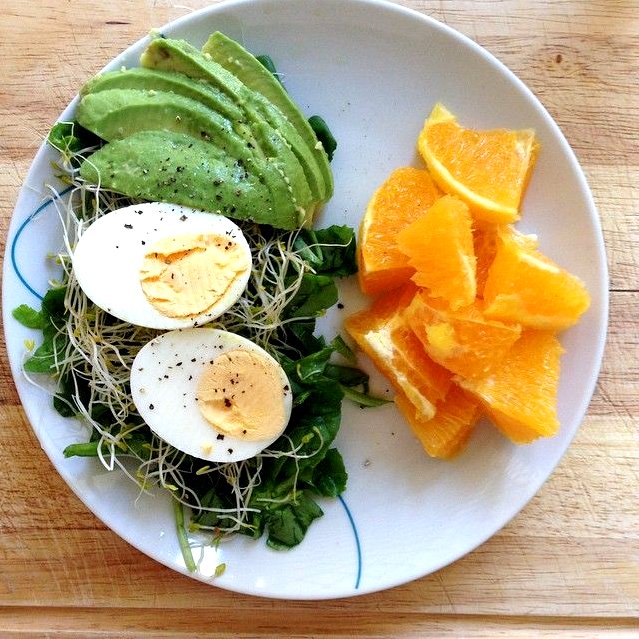
Chia seeds
Chia seeds, tiny orbs of nutrition, provide an abundance of iron; one tablespoon provides about 2 mg. These tiny seeds also offer fiber, protein and omega-3 fatty acid benefits; this makes them an easy and tasty way to increase your iron intake.
Dark Chocolate
Oh yes - dark chocolate, that sublime source of non-meat iron rich in healthful components! Half a bar made with about 70% cocoa is packed with 3-4 mg of iron for an effortlessly delicious way to hit your iron target!
Vegans can ensure their bodies receive all of the iron they require by adding non-meat sources to their daily food routine. Furthermore, adding vitamin C-rich foods can increase iron absorption further enhancing meal benefits. In this section we provide advice for including these sources into diet plans.
IV. Other Non-Meat Iron Sources for Vegans
As part of your vegan diet, adding non-meat sources of iron is both simple and delectable. But how do you decide which ones are the best ones to include for maximum benefit? Here are a few pointers:
Lentils
At first, lentils are one of the many non-meat sources of iron that you can add to your soups or stews as an effective non-meat source of iron, yet there are plenty of others you could add as well.
- Chickpea salad with chopped vegetables and lemon vinaigrette
- Tofu added into smoothies for a tasty yet iron-rich lunch
- Make Chia Seed Pudding
- Indulge in dark chocolate as it also boasts high iron levels!
While increasing non-meat sources of iron is an excellent first step, actually digesting it may present challenges. Substances called phytates found in grains and legumes can restrict iron absorption; this should not cause alarm; simply soak or sprout your foods to reduce their phytate content and make iron more bioavailable.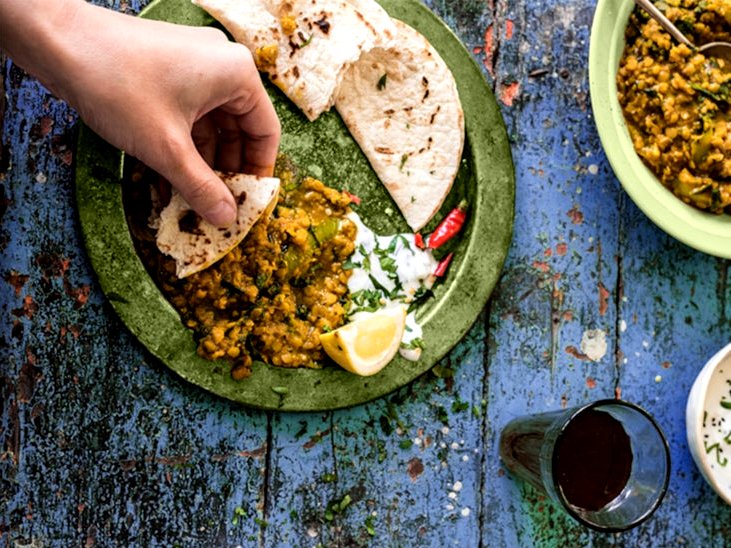
But it isn't all about decreasing absorption inhibitors; some compounds may actually enhance iron absorption, including animal products like meat and fish that contain heme iron; eating acidic fruits can also enhance non-heme iron absorption.
Implementing non-meat sources of iron into your diet is vital in order to provide your body with essential nutrition. By selecting high iron fruits like prunes, figs, apricots, dates, raisins and peaches from among many available, your vegan meal plan can remain delicious yet nutritional. By following specific preparation methods and pairing meals with vitamin C-rich foods such as red bell peppers you increase the odds of optimal iron absorption and benefit.
“As part of your vegan diet, adding non-meat sources of iron is both simple and delectable.”Learn about non-meat iron sources for vegans at vegsoc.org.
Conclusion:
As a plant-based food enthusiast, you must understand the difficulty in meeting daily iron intake as a vegan. But don't despair: there is plenty of plant-based solutions that can provide your body with what it needs for optimal levels of iron.
Juicy, high-iron fruits such as succulent prunes, chewy dried figs, juicy apricots, succulent dates, plump raisins and delicious peaches are some of the finest vegan-friendly fruits that you can easily incorporate into your meals or snack breaks.
By pairing plant-based, iron-rich delicacies with foods rich in Vitamin C, increasing absorption can be made simpler. Furthermore, including non-meat sources of iron in your diet - like thoroughly cooked legumes, protein-packed tofu, nutritious chia seeds and decadent dark chocolate - will contribute towards creating a well-rounded and healthful eating plan.
Accumulating more iron through diet can be maximized through pairing acidic foods and heme iron with plant-based sources of iron, while eating whole, nutritious plant foods in moderation. Be mindful when including these life-giving food sources into your meal plan as part of an overall balanced plan that includes plant foods as an important source.


